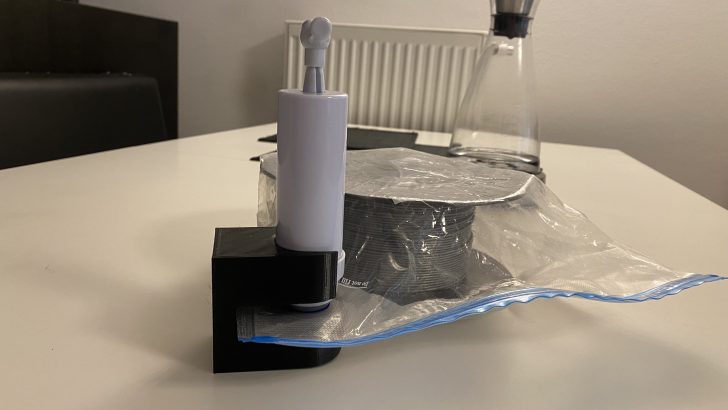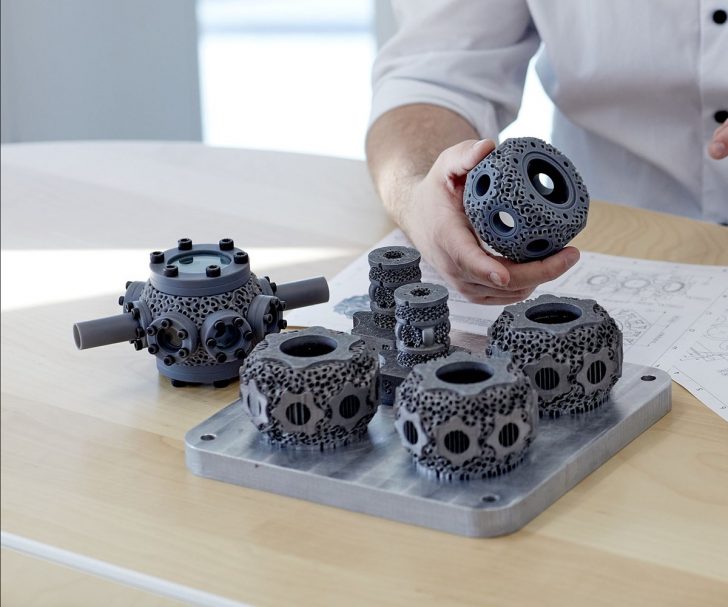Mass spectrometers are incredibly precise chemical analyzers that have a myriad of uses, including assessing the safety of drinking water and detecting toxins in a patient's blood. However, creating an inexpensive, portable mass spectrometer for remote locations has been a difficult challenge - until now.

Getty / Thanks to the MIT researchers’ breakthrough analysis, portable mass spectrometers can be used in remote regions - with ease!
A team of researchers from MIT has designed and 3D printed a human fist-sized vacuum pump that could be used as part of a portable mass spectrometer. This device would allow for the monitoring of pollutants and performing medical diagnoses in areas with limited access to laboratory equipment. It could also be used to test Martian soil!
How Does it Work?
The pump works by rapidly moving air out of the system, creating a vacuum. This process can be repeated up to 10 times per second. Thereby, allowing for efficient chemical analysis in harsh environments.

The Talks / The groundbreaking 3D-printed technology functions effectively in measuring pollutants in water and air.
The device is also compact and lightweight, making it easy to transport.
Benefits of 3D Printing
Using a 3D printer to make the device was critical for its success due to its complex design. It was able to create intricate components that would not have been possible with traditional manufacturing methods.
Additionally, 3D printing meant that the researchers were able to quickly iterate on their designs until they achieved the desired outcome.
Groundbreaking Portable & Perfromant Device
The groundbreaking device created by the MIT researchers combines portability with high performance. The 3D-printed vacuum pump is only human-fist-sized, yet it can generate up to 10 vacuum cycles per second. This makes it the perfect component for a portable mass spectrometer, as it can enable the precise analysis of chemical compounds in remote or harsh environments.

ABN News / The best part is that this latest technology is portable and performant.
The device has already been tested to successfully scan soil samples for toxins and pollutants. Thus, making it a reliable tool for use in medical diagnosis in areas without laboratory equipment. It could also be used to detect microbial signatures on Mars or other planets. Eventually, helping scientists better understand what resides beneath the surface of such alien worlds.
Thanks to its design and 3D printing capabilities, the device is incredibly versatile and lightweight, making it easy to transport and deploy in any environment - from terrestrial locations here on Earth to distant solar systems beyond our own. It is a truly revolutionary piece of equipment that could revolutionize how we study chemistry both on our planet and beyond.
What Next?
The team is now working on integrating this vacuum into a full-scale portable mass spectrometer. Once complete, their device could be used to monitor pollutants in remote areas and perform medical diagnoses. Likewise, it can also be used to analyze soil on other planets. All in an affordable and effective way.
Thus, the breakthrough of 3D printing the human fist-sized vacuum pump has opened up the possibility of creating inexpensive and effective portable mass spectrometers for use in low-resource settings. The implications are far-reaching, of course. And will no doubt have an impact on how we approach chemical analysis in harsh environments.





